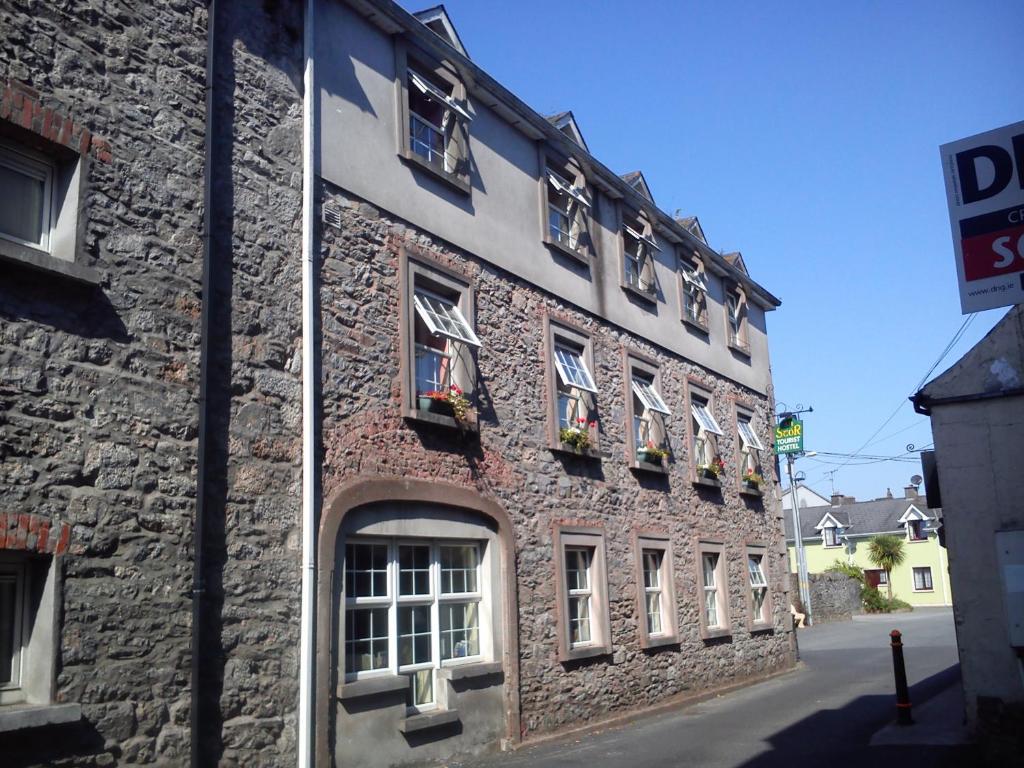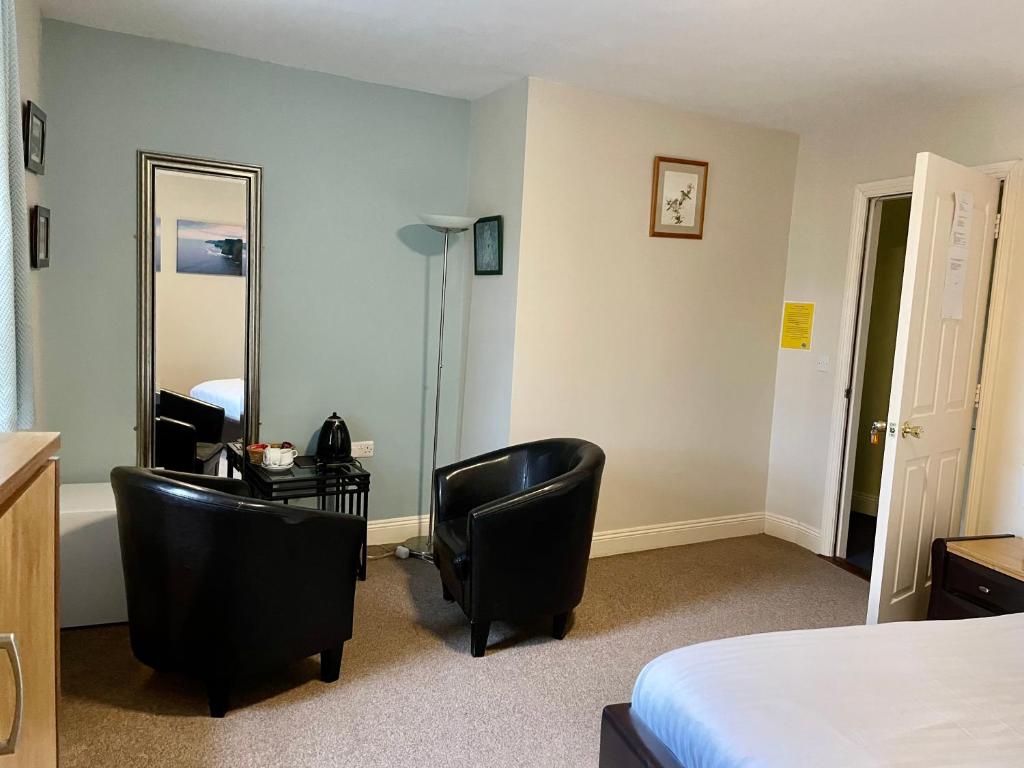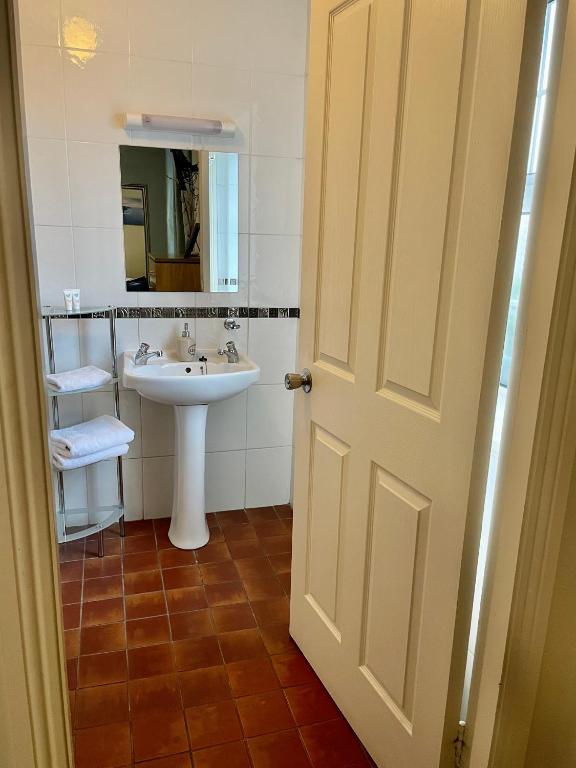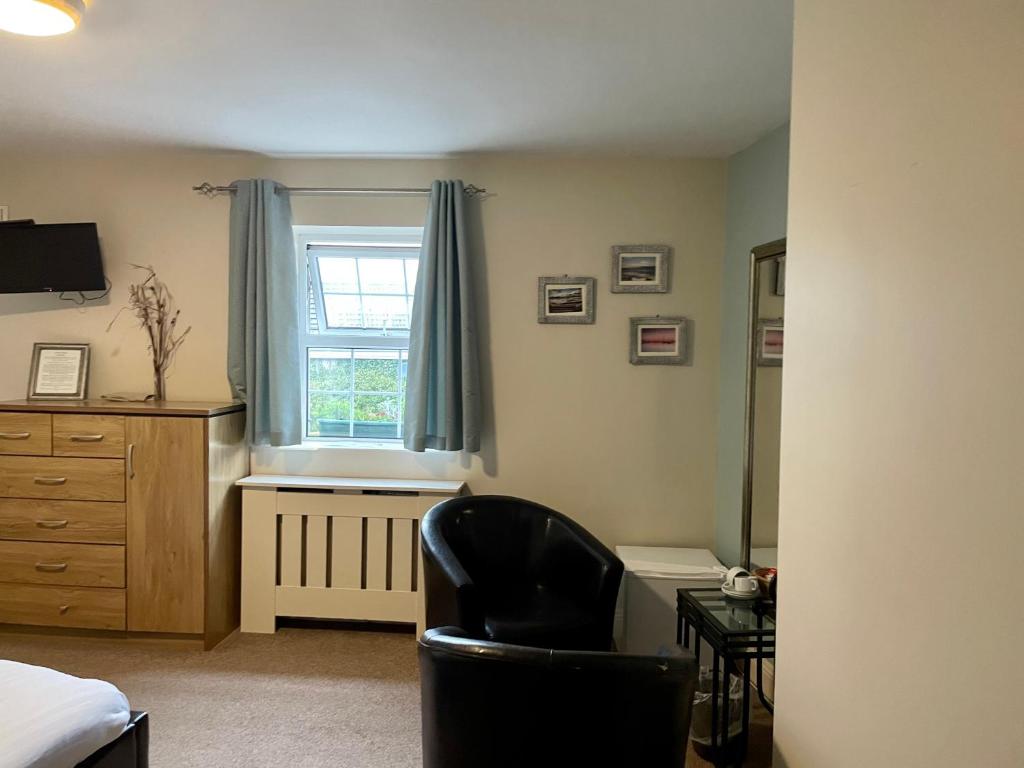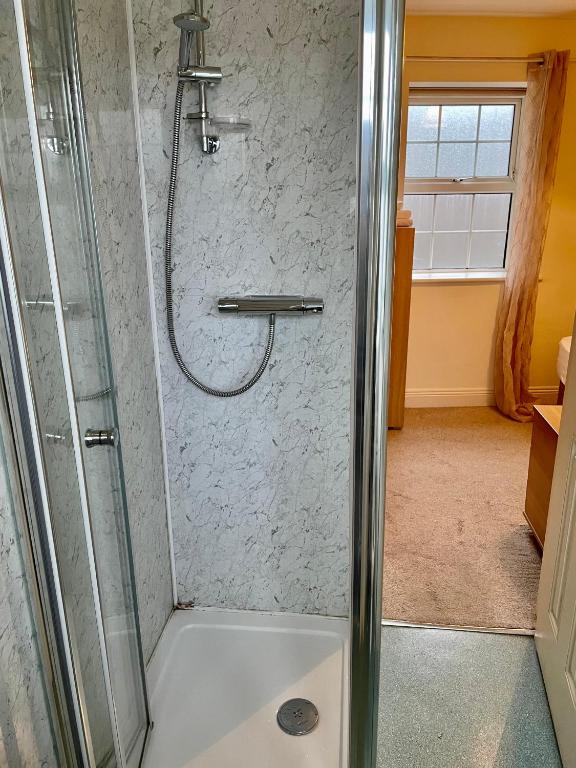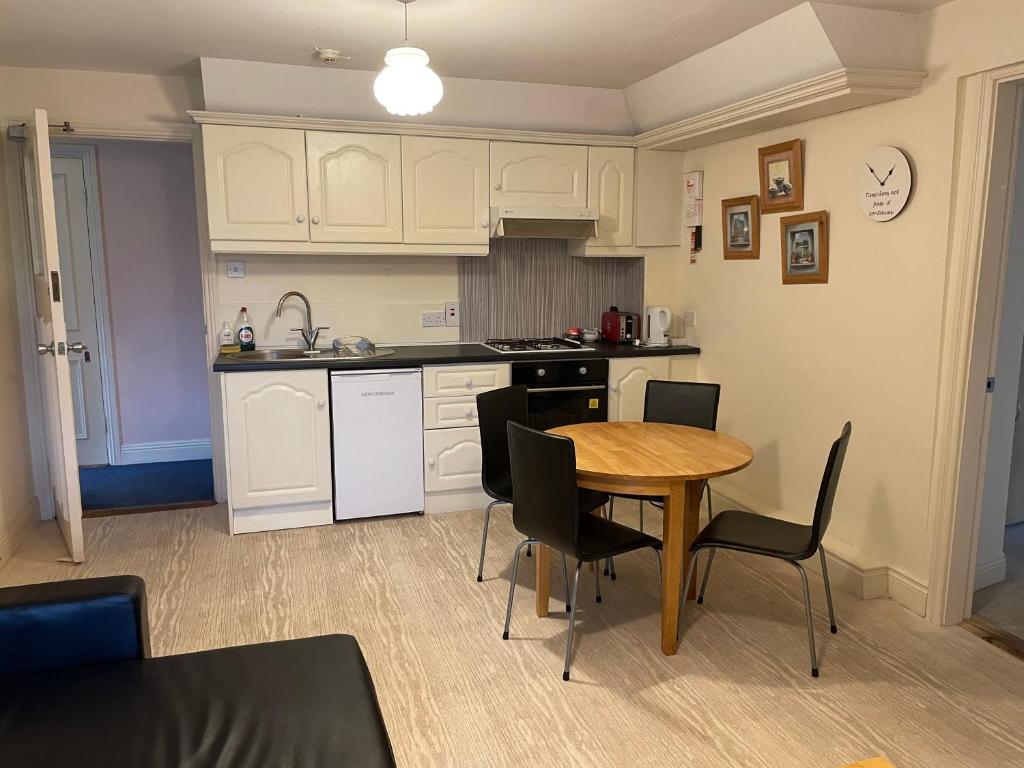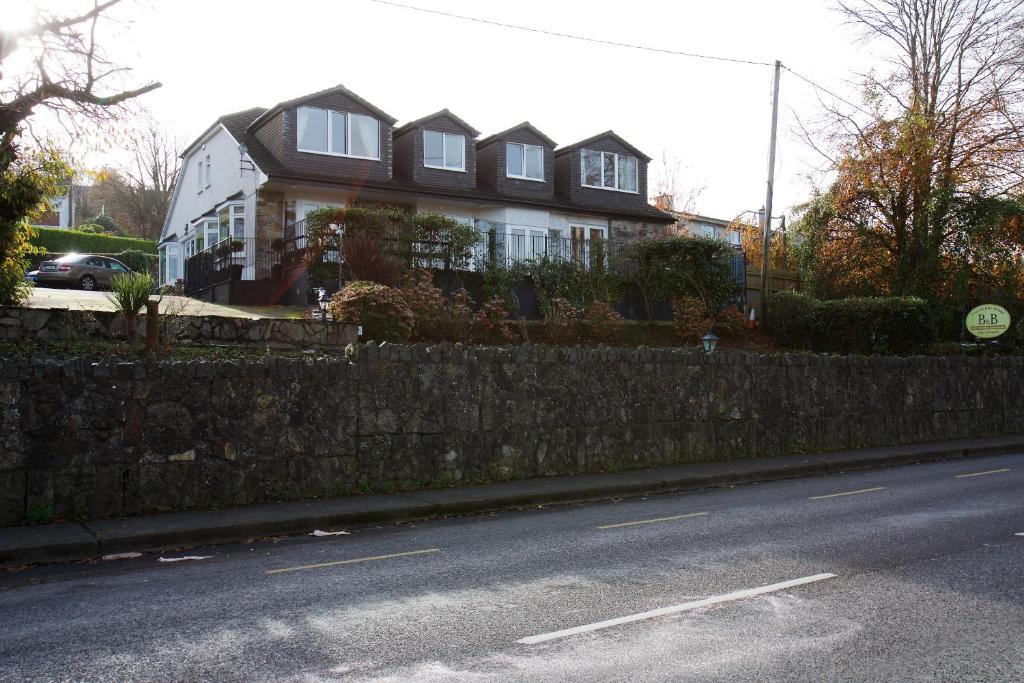Mentioned by uccsummerbeds.com
Things to do in Cork | UCC Summer Beds | Official Website


"The Blackrock Castle Observatory may be old (the building dates back to 1582) but it’s always had an eye on the horizon. Originally, the watchtower was built to defend Cork from pirates, the Spanish, and even (in the case of one English Lord) Corkonians themselves. With walls thick enough to withstand cannon fire, it presented a formidable defense to marauders."
"Blackrock Castle Observatory is a 16th century castle located about 2km from the heart of Cork city on the banks of the river Lee."

"If you’re looking for things to do in Cork City when it’s raining, lash this one on your to-visit list. Crawford Art Gallery is a National Cultural Institution and regional art museum that’s dedicated to the visual arts. The collection here boasts over 4,000 works, ranging from 18th-century Irish paintings and sculptures to a collection of Greek and Roman sculpture casts."
"Crawford Art Gallery, the city art museum for Cork, is dedicated to informing a wide audience about the significant role that the visual arts play in contemporary life and culture. Located in the heart of the city, beside the Opera House, the Gallery is a critical part of Cork’s cultural and tourism infrastructure, welcoming over 200,000 visitors a year."

"Dedicated to the city’s patron saint, this Victorian, gothic-revival-style Church of Ireland cathedral on Cork’s Bishop Street was first consecrated in 1870, although construction didn’t completely come to an end until 1879. It stands on the site of a former monastery founded by Saint Finbarr in 606 and is said to be at least the third structure built in his name at the location, the first of which was damaged during the 1690 Siege of Cork. The striking cathedral was the first major work by the English architect William Burges, who is described by respected architectural historian J."
"St Fin Barre’s Cathedral, the first major work of Victorian architect William Burges, was completed in 1879. Details such as the gilded “resurrection angel” perched atop the roof may not have come cheap, but the result is an exemplar of ecclesiastical architecture. The cathedral has excellent acoustics, so consider it a bonus if your trip coincides with one of their regular concerts."
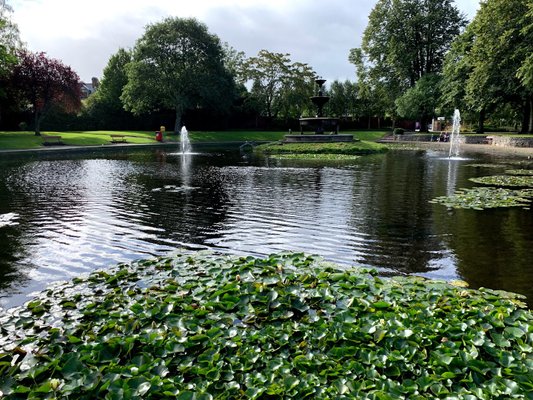
"You’ll find Fitzgerald Park a handy stroll from University College Cork. This is the perfect place for those of you looking to escape the city for a while. Those that head for a wander here can expect gorgeous, tree-lined avenues, finely-manicured flower beds, a number of statues and a large fountain."


"Charles Fort – Situated on the edge of the water in the scenic village of Summer Cove in the Kinsale harbour of County Cork, lies the impressive and historic Charles Fort. The castle was originally constructed in the year 1682, and it was built as the ‘new fort’, in contrast to the ‘old fort’, or James Fort, which was built in the early 17th century on the other side of the same harbour. The fort played a critical military role throughout the centuries that it was active, until the year 1921, following the Anglo-Irish Treaty."
"One of Europe's best-preserved star-shaped artillery forts, this vast 17th-century fortification would be worth a visit for its spectacular views alone. But there's much more here: the 18th- and 19th-century ruins inside the walls make for some fascinating wandering. It's 3km southeast of Kinsale along the minor road through Scilly; if you have time, hike there along the lovely coastal Scilly Walk."
"The British built Charles Fort on the east side of the Bandon River estuary in the late 17th century, after their defeat of the Spanish…"

"Another defensive building constructed to help citizens, Elizabeth Fort was built in 1601, although in 1603 at the death of Queen Elizabeth I, a revolt in the city saw the castle being attacked and seized by the locals. When English reinforcements arrived and re-established control, the good people of Cork were forced to pay for its repair. It was rebuilt in stone in the 1620s and played a pivotal role in the siege of Cork in the 1690s."
"On a bend in the River Lee next to St Finbarre’s Cathedral, Elizabeth Fort has only just opened up to visitors. From 1601 to 2013, this building had a variety of roles and was first built to reinforce Cork’s city walls against the new threat of artillery. The fort was beefed up by Cromwell in 1649, and in 1690 the Jacobite defenders came under siege by the Williamites (fighting for the Dutch protestant prince William of Orange)."
"Newly open to visitors, Elizabeth Fort straddles the River Lee, next to St Fin Barre’s Cathedral. The fort’s been active in one way or another from 1601 to 2013 and claims an incredibly textured history. Built to defend the city walls against artillery, it was fortified by Cromwell in 1649 and later came under siege from the Williamites, battling for the Dutch prince William of Orange."

"Cork’s main thoroughfare is also south Ireland’s prime shopping street. St Patrick’s Street came about in the 18th century when the city grew beyond its Medieval walls. Since the start of the 2000s the city has made a few pedestrian-friendly changes to St Patrick’s street, like a redesign of the pavement by the architect Beth Gali in 2004, while since March 2018 road traffic is prohibited between 15:00 and 18:30."
"Known as ‘Pana’ by locals, St Patrick’s Street was redeveloped in 2004 and has since grown into Cork’s most popular shopping district. Since then, it has twice been awarded ‘Best Shopping Street’ status in Ireland. It’s chock-a-block with shops and notable buildings, and major retailers include Marks & Spencer, Brown Thomas, Debenhams, Eason and Golden Discs."

"Built after the Norman Invasion of Ireland in the 12th century, Ballincollig Castle has a truly rich and fascinating history. During its peak, it was inhabited by the Barrett family, who was a prominent Irish clan that originated from the Normans; this family were incredibly influential in the local area and wielded a lot of power. However, though the castle was inhabited for centuries and played a critical military role, it was left to abandonment in the year 1690; it was not until 1857 when it was renovated by the Wyse family, who restored it back to its former glory."




"Cafe Gusto is another spot that’s said to dish out some of the best brunch Cork has to offer. It was established in 1999 and was once the famous O’Brien coffee shop that operated since 1941. The creative force behind the cafe, Marianne, had travelled extensively around the world before returning to Cork in1998."

"Having already won the hearts of Dubliners with their outlets on Dame Street and in Rathmines, Umi Falafel opened their first branch outside the capital earlier this year, on Academy Street in Cork. Their handmade falafel, cooked in low-fat rapeseed oil, is the centrepiece of the menu – you can get it in a sandwich of Palestinian pocket bread or a wrap, or you can try some falafel ‘bites’, either plain or stuffed with mozzarella cheese. These are best accompanied by something from their tempting mezze menu, or one of an array of healthy, freshly prepared salads."
"With branches in both Dublin and Belfast, if you’re looking for an authentic falafel experience then look no further than Umi Falafel. Umi is Arabic for “mother” and thus gives an indication of the care put into each order placed in the restaurant. Falafels are freshly made before your eyes and are made from a combination of 15 healthy and natural ingredients."
"Average Rating - 4.7Total Number of Ratings - 50+Location - CorkAverage price - £££Review - Does Jose have wings?. Amazing delivery and top notch food 😍. View Umi Falafel Menu"



"Just below Cobh's cathedral, a short step from the waterfront, this handsome cut-stone house dates to 1824. Locals can be seen lingering over...Read More"

